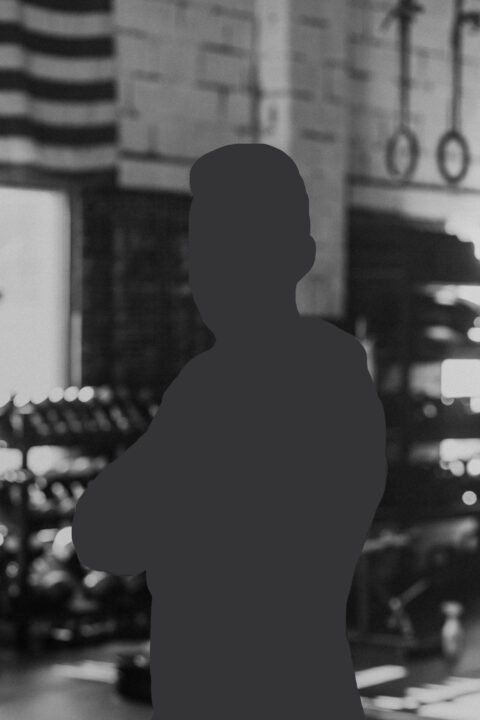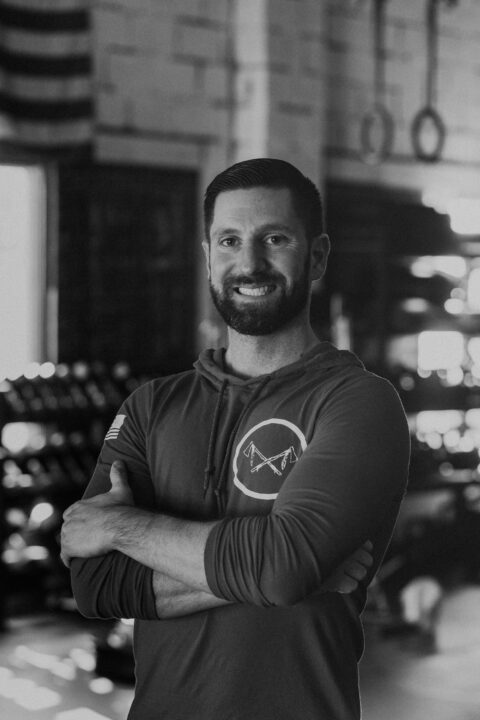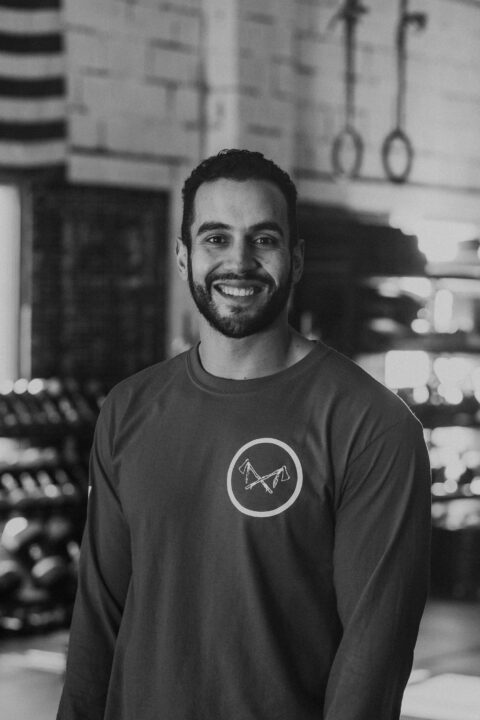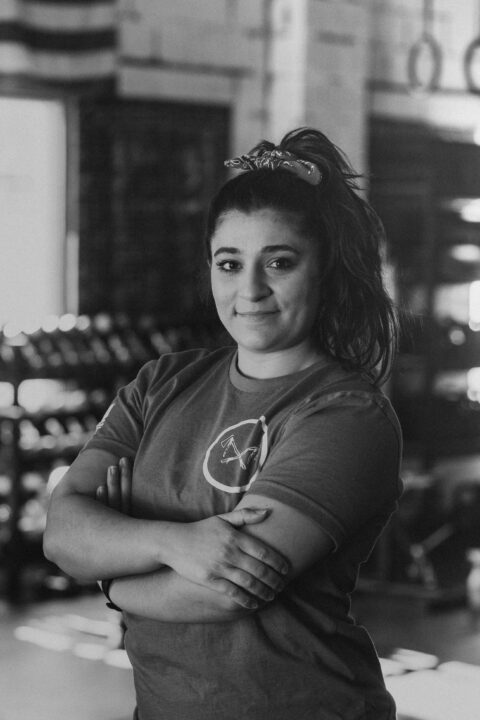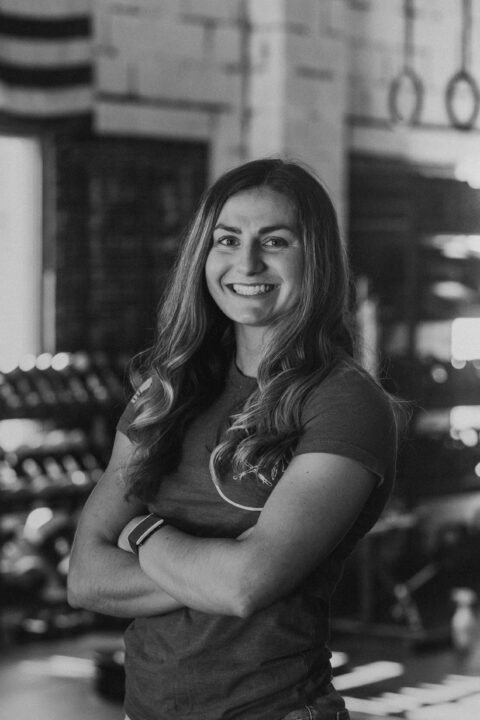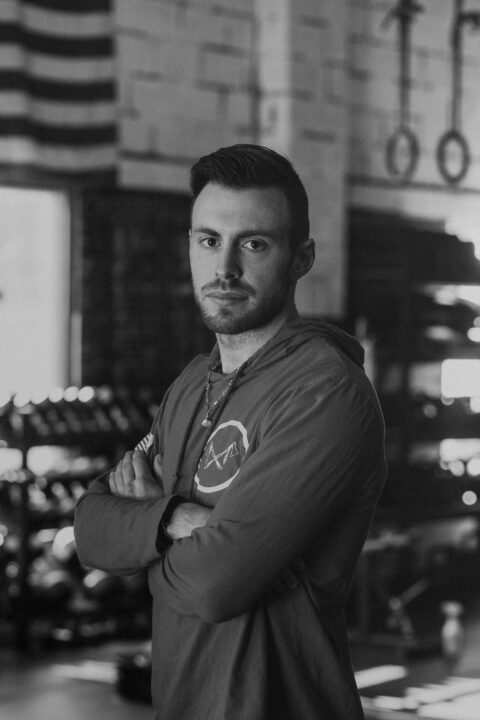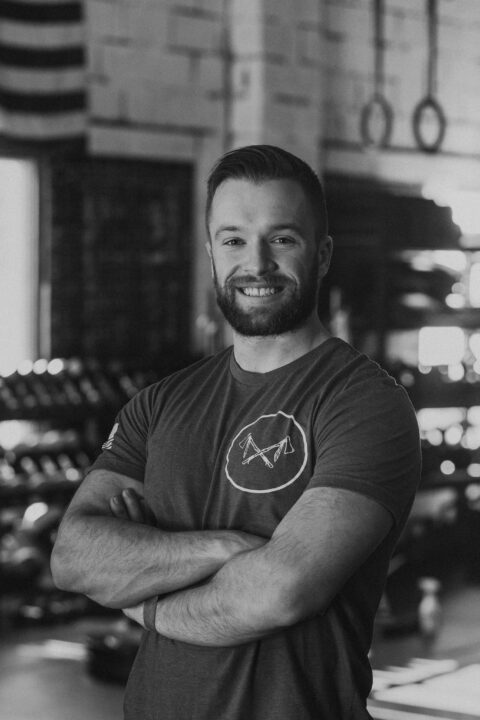ARE YOU TIRED OF:
DOING BORING
WORKOUTS ALONE?
Join our tribe of individuals who share similar goals while helping motivate and lift each other up!
FEELING
LOST IN THE GYM?
Develop confidence in the gym by learning new movements with the guidance of our coaches!
feeling like you
never have time?
Get more out of your time in the gym by structuring your workouts in an efficient way!
NOT HAVING A
SOLID GAME PLAN?
Create new habits around fitness, nutrition and recovery to hit goals while keeping it fun!
THAT'S WHY WE'VE CREATED
FUNCTIONAL FITNESS PROGRAMS
TAILORED TO MEET YOU WHERE YOU ARE
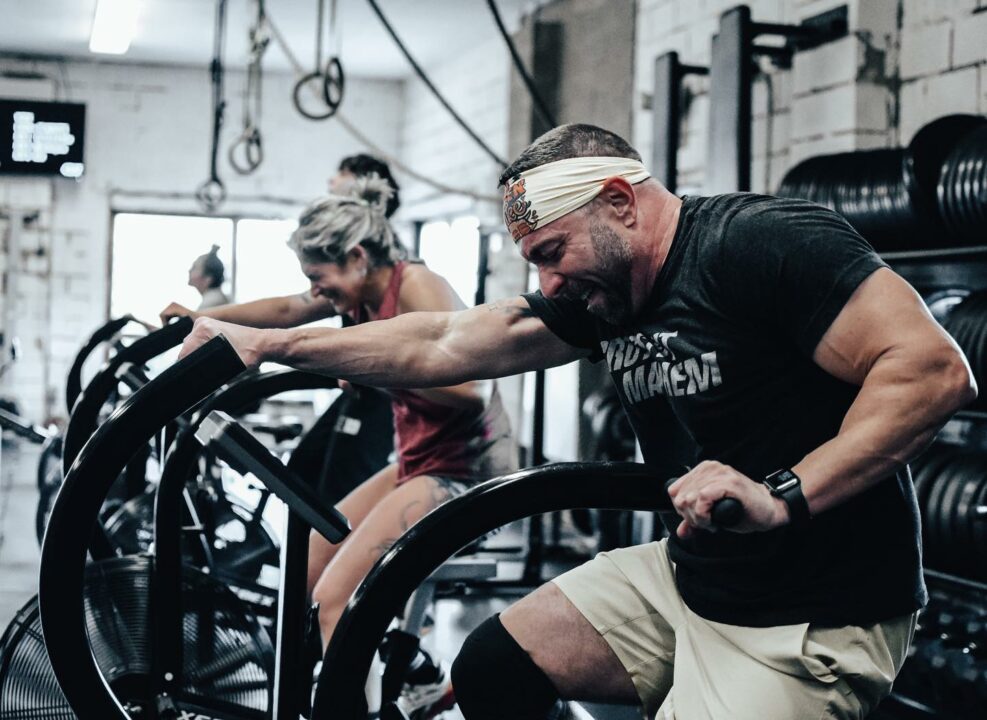
GROUP BASED
CrossFit
Join the tribe in 60 minutes of functional movements performed at a high intensity.
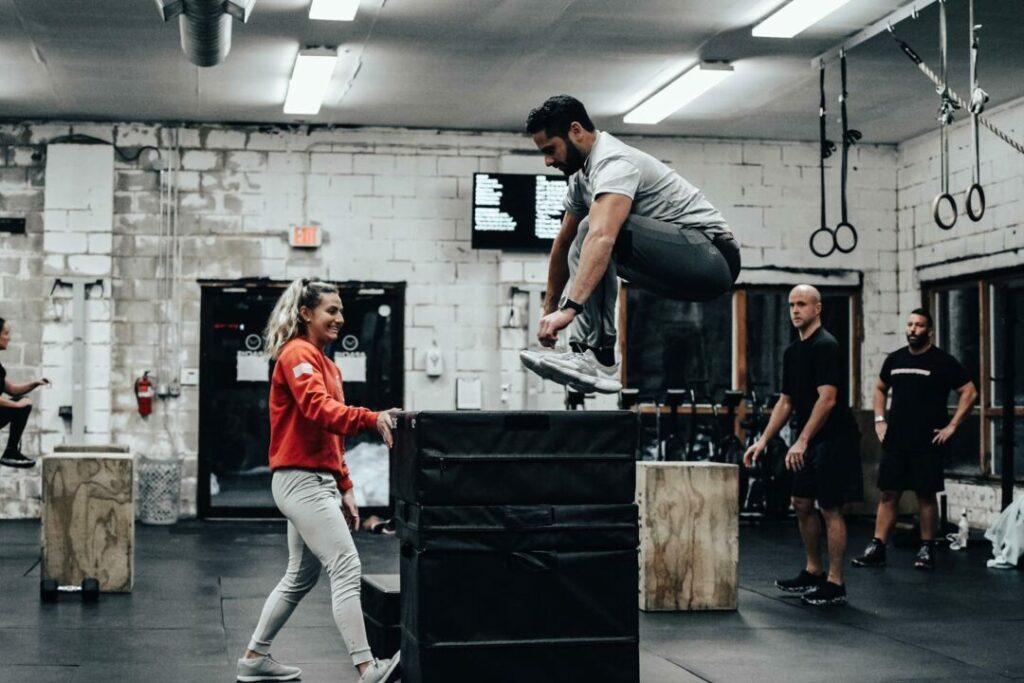
Individualized
PERSONAL TRAINING
We create individualized programs tailored specifically towards you and your goals. Take things to the next level and jump over plateaus!

habit shifting
NUTRITION
DON'T JUST TAKE OUR WORD FOR IT
WHAT Toms River LOCALS ARE SAYING...





GETTING STARTED IS EASY!
ARE YOU READY TO LEVEL UP?
1. SCHEDULE YOUR FIRST VISIT
Talk with a coach about your goals and learn how we can get you to your best self.
2. START YOUR TRAINING
You have defined your goals and you are ready to begin your journey. We will start you strong by taking you through the fundamentals of training and sound habits putting you on the road to success!
3. HAVE FUN REACHING NEW LEVELS
Once you have the basics down you’ll book classes easily on our app, enjoy the workouts with awesome people and reach your goals in no time!
Apache Fit
OUR CURRENT SCHEDULE
We welcome drop-in’s from other gym’s all over the world! Click here for drop-in details. If you are considering joining our gym, your drop in fee will be credited back to you at sign up. Click the button below to get started!




